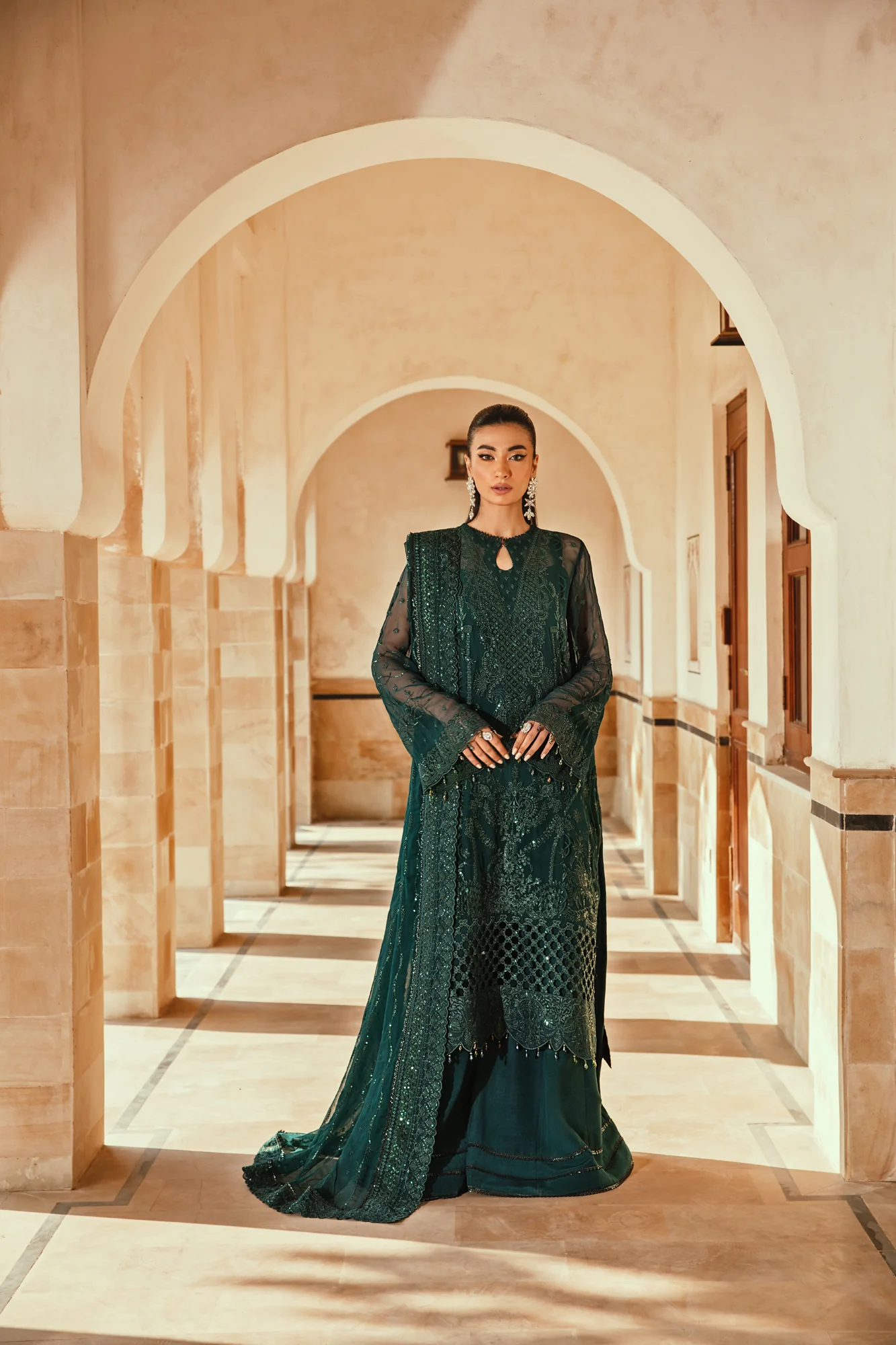Clothing is an important part of how people dress in Pakistan. For women, wearing the right clothes at the right time matters. When there is a wedding, dinner, party, or holiday, women often wear formal Pakistani outfits. These clothes are made with care and show beauty, respect, and tradition. This post will explain the types of formal clothes for women in Pakistan, how people choose them, and what details matter.
What Formal Clothing Means in Pakistan
In Pakistan, women wear different clothes for different events. Everyday clothes are simple, but formal clothes are special. They are worn for weddings, family parties, religious days, and other events. These clothes are made with nice fabrics and detailed work.
Formal Clothing and Culture
Culture affects how people dress. In Pakistan, clothes are not just for covering the body. Clothes show values, family roots, and customs. Formal clothes for women often have styles from the past. Long shirts, wide pants, and scarves are part of many outfits.
Clothing for Events
Women in Pakistan wear different formal clothes depending on the event. For weddings, they wear dresses with heavy work. For Eid, they may choose something bright and new. For a dinner or visit to a relative’s house, they may wear something formal but simple. Clothes change depending on the time of day, the people invited, and the type of event.
Types of Formal Dresses in Pakistan
There are many types of formal dresses in Pakistan. Each one has a shape, fabric, and way to wear it. Women choose a style based on comfort, fashion, and the event.
Lehenga and Choli
This outfit has a wide skirt, a short top, and a scarf. It is worn mostly at weddings. The skirt often has gold or silver thread work. The colors are bright. Red, green, and gold are popular choices.
Long Frocks and Gowns
Some women wear long frocks or gowns. These dresses go down to the feet. They may have a fitted top and a wide bottom. They are made with soft fabrics and look good at both day and night events. These are popular for girls who want a modern and simple look.
Sharara and Gharara
Both of these are pants with a wide flare. A sharara flows from the waist down. A gharara has a cut at the knee. These pants are worn with short shirts. This style is often worn at weddings and mehndi functions. The scarf is also worn with care.
What Makes a Dress Formal
Formal dresses are not like daily wear. They are made with special care. The fabric, color, and handwork all make a dress formal. These details matter when picking a dress.
Fabric
The fabric of a dress should match the season. In summer, women wear light fabrics like chiffon and cotton. In winter, they wear thick fabrics like velvet and silk. The fabric must feel good and look nice.
Color
Colors also change with seasons. In summer, light colors like white, light pink, and sky blue are worn. In winter, dark colors like navy blue, maroon, and dark green are common. At night, people wear shiny colors. At day events, soft colors are preferred.
Embroidery
Many formal dresses have hand embroidery. This includes thread work, stone work, and bead work. Some dresses also have mirror work. These make the dress look rich and special. Dresses with heavy work are worn at weddings. Light work is good for smaller events.
How to Wear and Style Formal Dresses
Wearing the dress is only part of the full look. Women also wear other items to complete their appearance. This includes jewelry, shoes, and makeup.
Wearing the Scarf
The scarf, called dupatta, is worn in many ways. It can be on one shoulder, on the head, or over both arms. The way a woman wears her dupatta can change the full look. A dupatta with heavy work becomes the main part of the dress.
Jewelry
Women wear gold, silver, or fake jewelry to match the dress. For big events, they wear full sets with necklaces, earrings, and bangles. For small events, simple jewelry is enough.
Shoes
Shoes should match the dress. Some women wear high heels. Others wear flat shoes like khussas. The shoe should be easy to wear and match the color of the dress.
Choosing a Dress for Each Event
Not every formal dress works for every event. A dress for a wedding is not the same as one for Eid. It is important to pick the right dress for the right event.
Day Events
In the daytime, women wear light colors and soft fabrics. These include shirts and pants made from cotton or lawn. The work on the dress is simple. These are good for lunch, Eid day, or family visits.
Night Events
At night, women wear dark colors and thick fabrics. Dresses have gold or silver work. The look is complete with makeup and jewelry. These are worn at weddings, receptions, and formal dinners.
Holiday and Special Days
Some days, like Eid, are for celebration. On these days, women wear clothes that are colorful and neat. The dress is not as heavy as a wedding dress but still formal. These are good examples of formal dresses for festive occasions.
Final Thought
In Pakistan, dressing well is important. Women wear formal clothes to show care and respect for the event. These clothes are made with detail and love. A formal pakistani outfit is not just a dress. It is part of the culture and tradition of the country. Each dress tells a story. The fabric, color, and design all come together to show beauty and style. Women choose their dresses with care. They want to feel good and look good. From lehengas to frocks and from shararas to gowns, there are many ways to dress formally in Pakistan. With every choice, women show who they are, where they come from, and how much the event means to them.
Read More: freearticlesmania
